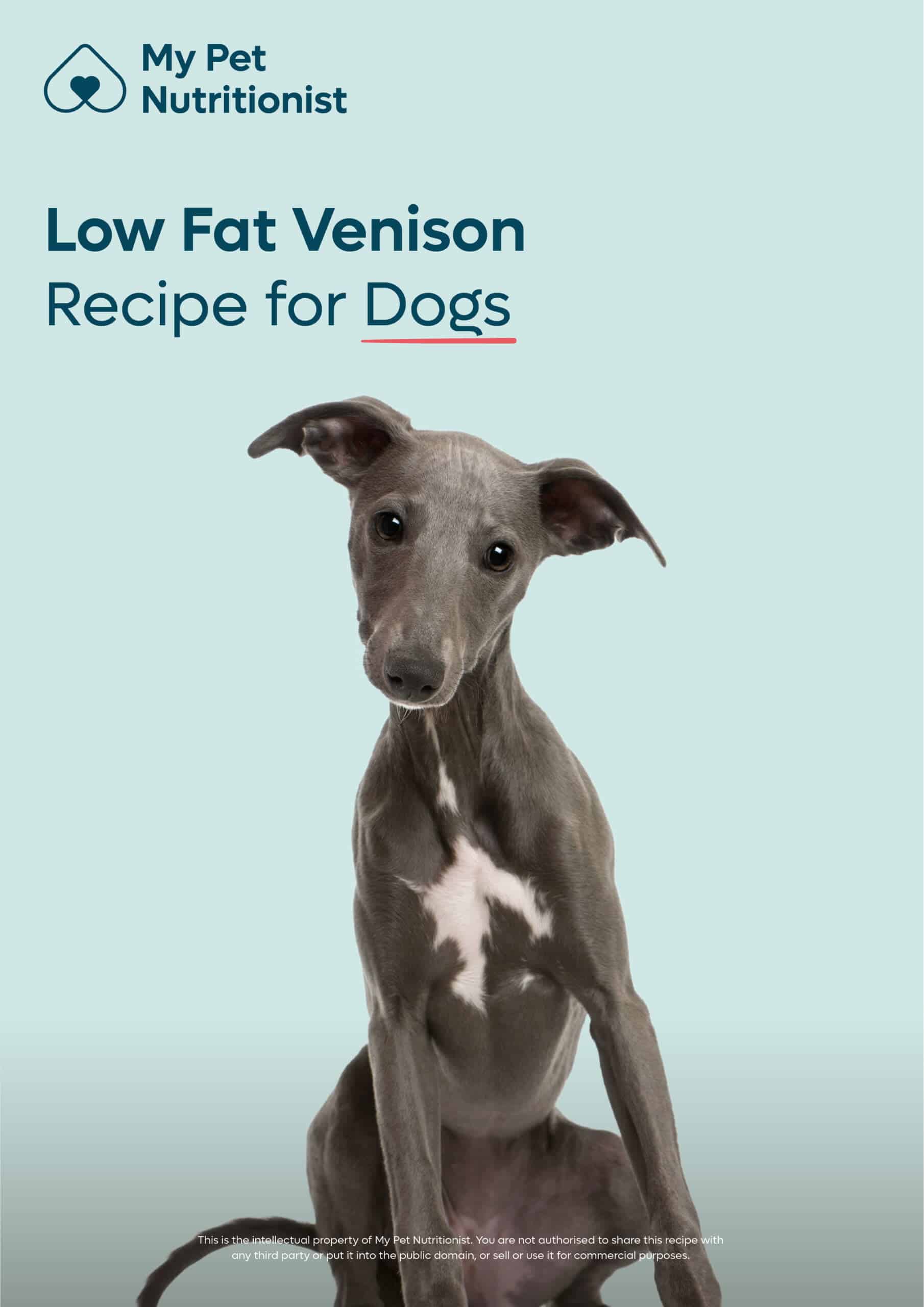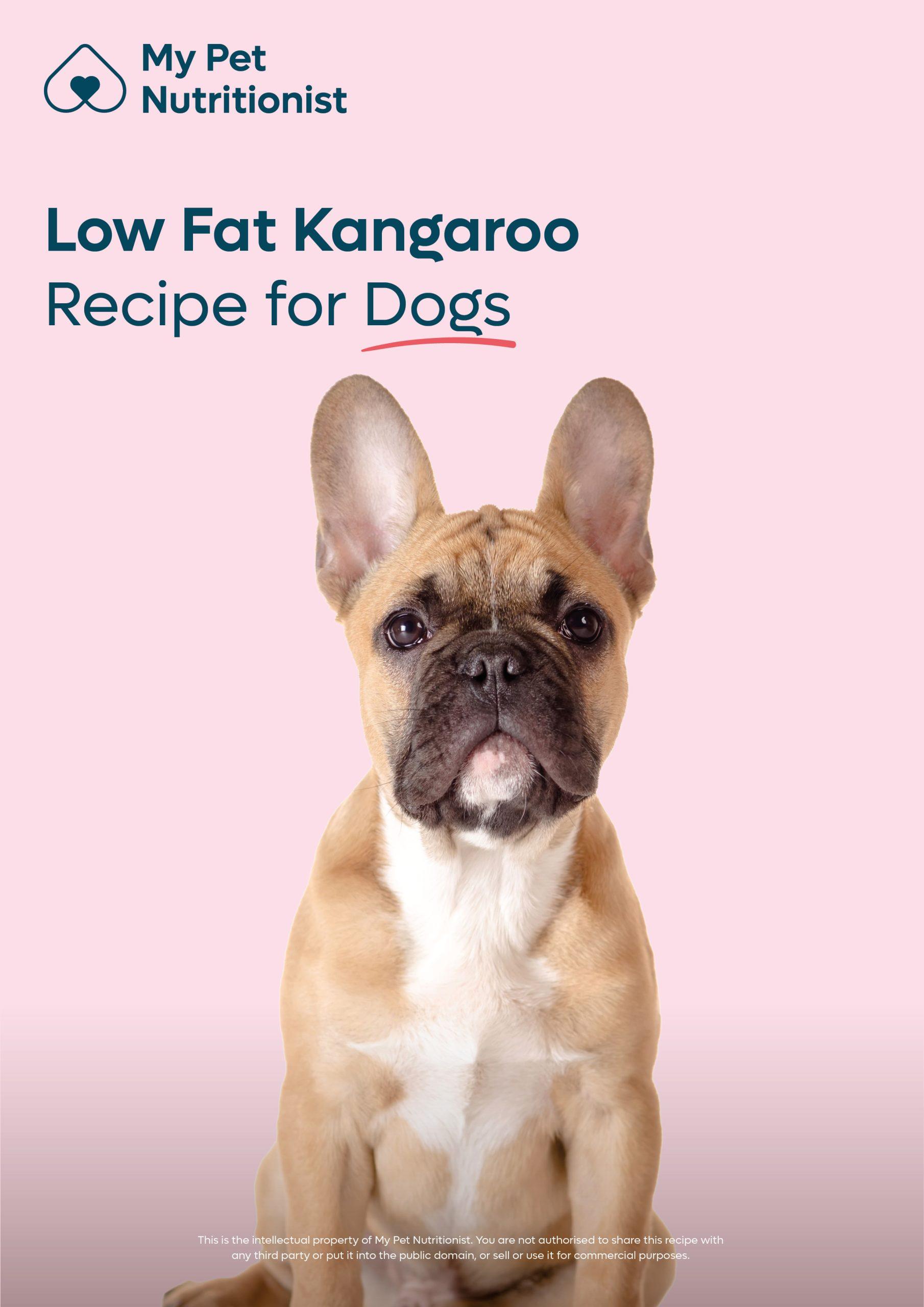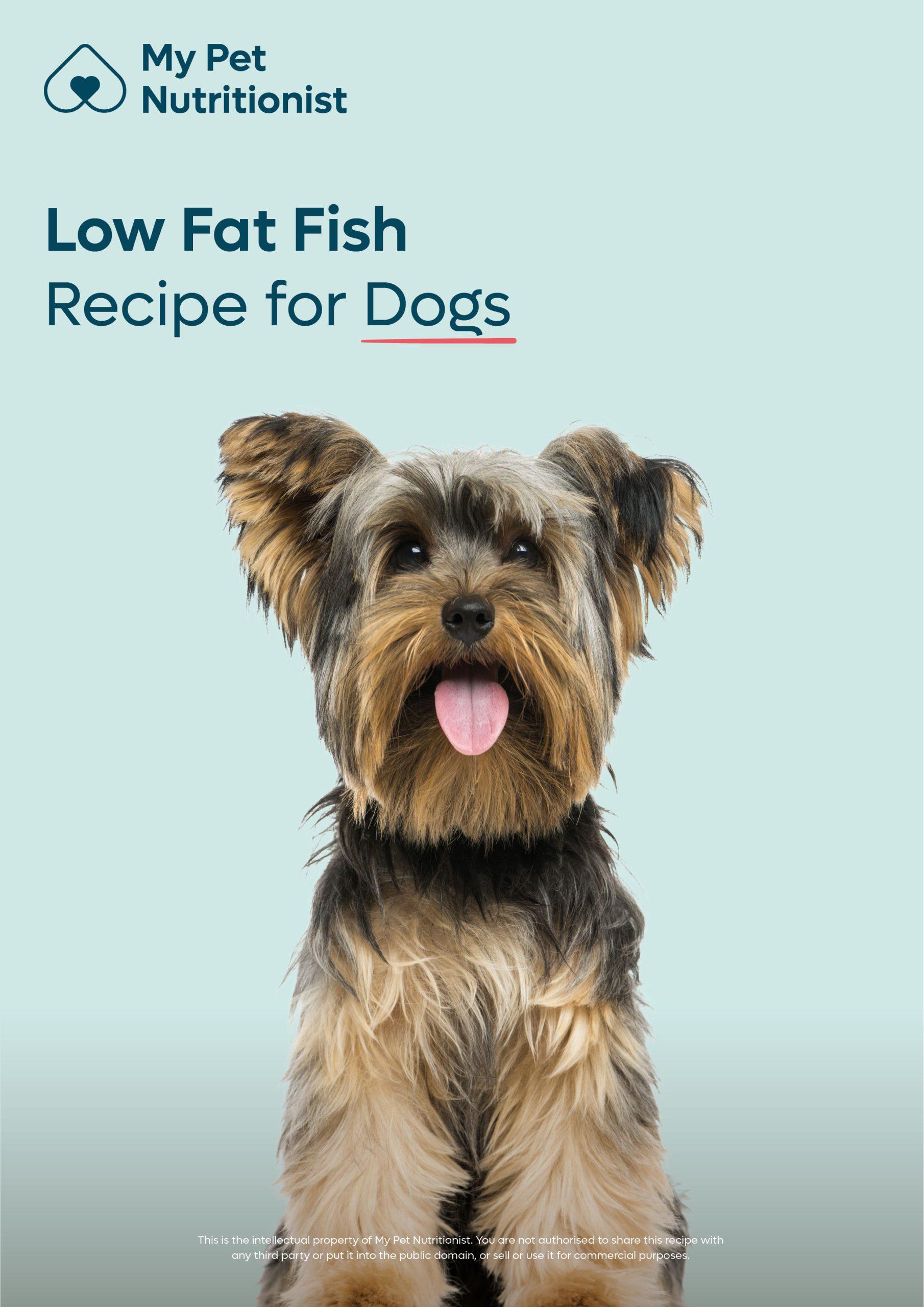-
£19.99

5 Top Tips for Dealing with a Fussy Eater
- January 18, 2021
- 6 mins 57 secs
As we look at photos or videos of dogs devouring their food, when we are dealing with a fussy eater, the question we always sit with is; why won’t my dog do that?
Being a fussy eater can be technically defined as an eating disorder, and there are a number of causes. From behavioural to biochemical, let’s take a look at the complex world of the fussy eater and we’ll share our top 5 tips for dealing with them.
Eating Behaviour
Appetite and hunger are largely controlled by the brain and a range of hormones.
In the brain the hypothalamus receives information from the digestive system like stomach extension, chemical nature of ingested food and the metabolic activity of the liver and uses it to maintain energy balance.
It also receives information from the emotion/reward system. Food is a rewarding object that induces pleasant emotions. Studies have demonstrated that when the reward value of food decreases, so too does eating motivation. Sadly, these studies often include the injection of lithium after eating, which causes discomfort, but it does give us food for thought, pun intended, if our dog is eating food which may be causing them discomfort.
The most discussed hormones when we are looking at appetite and hunger are leptin and ghrelin.
Leptin is produced in adipose cells, or fat cells. So, the more fat cells there are, the more leptin is produced. In short, the more fat that is available in reserves, the less you need to eat.
Ghrelin is predominantly secreted in the stomach, and it too modulates cells found in the hypothalamus by increasing excitatory inputs and decreasing inhibitory inputs. Here we are talking about neurotransmitters. Ghrelin is seen to have a large influence on the release of dopamine via increases in cell excitability. As dopamine is involved in reward and motivation, ghrelin is thought to target the motivational functions geared to gaining food and to select those which are more rewarding (high calorie).
However, there are also other mechanisms in which the dopaminergic system comes into play for the fussy eater. A central feature of the dopamine neuron response is that it is triggered by unexpectancy. After receiving an unexpected reward like food (or how many likes our recent post has got on social media) a dopamine surge is elicited. For the dog who ends up with the same bowl of food every day, there is no longer unexpectancy.
The other neurotransmitter that gets a little attention in terms of eating behaviour is serotonin.
Serotonin has a well confirmed role in the regulation of eating behaviour. Serotonin is a key player in feelings of nausea – so higher levels could be produced in response to something not sitting quite right in the digestive system. What’s super interesting is that serotonin is metabolised largely by monoamine oxidase (MAO) so it stands to reason that MAO inhibitors can contribute to high levels in the body. Sadly, certain insecticides found on flea and tick collars contain MAO inhibitors.
We must also consider the cascade of hormones that are released during the stress response.
Stress is a redirection of resources, and this includes away from digestive function. If our dogs are exposed to acute or chronic stress, it could remove their desire to eat. That said, as an owner managing a fussy eater, the owner too can become stressed and anxious that the dog isn’t getting the nutrients they need to thrive. Unfortunately for us, dogs have incredible olfactory capabilities, meaning they can smell our stress! They also have this capacity to mirror our emotions. And so, when they don’t eat, we get stressed, so they get stressed and may be even less likely to eat.
So what does all of this mean?
If you have investigated further and there is no underlying health issue that could be causing your dog to be a fussy eater, they could:
Our 5 Top Tips for Managing a Fussy Eater:
1) Establish mealtimes!
There’s no unexpected reward if a bowl of food is always laid out.
2) Ditch the dry!
What is more boring than the same bowl of pellets every mealtime? Offer fresh food with a range of tastes, aromas, and textures. In addition, variety is the spice of life – use novel proteins – what’s more unexpected than novelty? This can also be helpful if you are concerned your dog may have a sensitivity to certain foods. Finally, cooking alters the aroma and texture of many foods so this can be a great way to entice if needed.
3) Use mealtimes as opportunities to enrich your dog’s life!
Offer food in bowls or plates, or even on wooden boards. There is no categoric link between height of feeding and gastric torsion in dogs, so consider at what level you offer their meals; do they need to be raised if they are struggling with any musculoskeletal issues. If they are in pain whilst eating, this will put them off wanting to! Also, consider the material of the bowl/plate you offer. Some dogs prefer porcelain, some prefer glass. The aroma from plastic bowls, especially if they have been in the dishwasher can be off-putting. Remember a dog’s nose is around 40 times better at smelling things than us humans.
4) Where do you feed your dog and at what time?
If there is always something more interesting going on, food can fall foul. Offer mealtimes in quiet areas of the home and when it’s calm. If you have a multi-pet home, do they have the space to eat and digest? Or does the presence of other pets become a stressor for them? You may need to split pets up into different rooms for mealtimes, this way they can take their time and enjoy what should be a fundamentally rewarding behaviour.
5) Manage stress for both humans and dogs!
There is such a thing as co-regulation of species, so it may be wise to establish our own stress levels alongside our pet’s.
We can use the perceived stress scale for this:
2. In the last month, how often have you felt that you were unable to control the important things in your life?
3. In the last month, how often have you felt nervous and “stressed”?
4. In the last month, how often have you felt confident about your ability to handle your personal problems?
5. In the last month, how often have you felt that things were going your way?
6. In the last month, how often have you found that you could not cope with all the things that you had to do?
7. In the last month, how often have you been able to control irritations in your life?
8. In the last month, how often have you felt that you were on top of things?
9. In the last month, how often have you been angered because of things that were outside of your control?
10. In the last month, how often have you felt difficulties were piling up so high that you could not overcome them?
To Score:
First, reverse your scores for questions 4, 5, 7, and 8. On these 4 questions, change the scores like this: 0 = 4, 1 = 3, 2 = 2, 3 = 1, 4 = 0.
Now add up your scores for each item to get a total. Individual scores on the stress score can range from 0 to 40 with higher scores indicating higher perceived stress.
► Scores ranging from 0-13 would be considered low stress.
► Scores ranging from 14-26 would be considered moderate stress.
► Scores ranging from 27-40 would be considered high perceived stress.
To support our own stress levels we can:
Thanks for reading,
MPN Team x
Being a fussy eater can be technically defined as an eating disorder, and there are a number of causes. From behavioural to biochemical, let’s take a look at the complex world of the fussy eater and we’ll share our top 5 tips for dealing with them.
Eating Behaviour
Appetite and hunger are largely controlled by the brain and a range of hormones.In the brain the hypothalamus receives information from the digestive system like stomach extension, chemical nature of ingested food and the metabolic activity of the liver and uses it to maintain energy balance.
It also receives information from the emotion/reward system. Food is a rewarding object that induces pleasant emotions. Studies have demonstrated that when the reward value of food decreases, so too does eating motivation. Sadly, these studies often include the injection of lithium after eating, which causes discomfort, but it does give us food for thought, pun intended, if our dog is eating food which may be causing them discomfort.
The most discussed hormones when we are looking at appetite and hunger are leptin and ghrelin.
Leptin is produced in adipose cells, or fat cells. So, the more fat cells there are, the more leptin is produced. In short, the more fat that is available in reserves, the less you need to eat.
Ghrelin is predominantly secreted in the stomach, and it too modulates cells found in the hypothalamus by increasing excitatory inputs and decreasing inhibitory inputs. Here we are talking about neurotransmitters. Ghrelin is seen to have a large influence on the release of dopamine via increases in cell excitability. As dopamine is involved in reward and motivation, ghrelin is thought to target the motivational functions geared to gaining food and to select those which are more rewarding (high calorie).
However, there are also other mechanisms in which the dopaminergic system comes into play for the fussy eater. A central feature of the dopamine neuron response is that it is triggered by unexpectancy. After receiving an unexpected reward like food (or how many likes our recent post has got on social media) a dopamine surge is elicited. For the dog who ends up with the same bowl of food every day, there is no longer unexpectancy.
The other neurotransmitter that gets a little attention in terms of eating behaviour is serotonin.
Serotonin has a well confirmed role in the regulation of eating behaviour. Serotonin is a key player in feelings of nausea – so higher levels could be produced in response to something not sitting quite right in the digestive system. What’s super interesting is that serotonin is metabolised largely by monoamine oxidase (MAO) so it stands to reason that MAO inhibitors can contribute to high levels in the body. Sadly, certain insecticides found on flea and tick collars contain MAO inhibitors.
We must also consider the cascade of hormones that are released during the stress response.
Stress is a redirection of resources, and this includes away from digestive function. If our dogs are exposed to acute or chronic stress, it could remove their desire to eat. That said, as an owner managing a fussy eater, the owner too can become stressed and anxious that the dog isn’t getting the nutrients they need to thrive. Unfortunately for us, dogs have incredible olfactory capabilities, meaning they can smell our stress! They also have this capacity to mirror our emotions. And so, when they don’t eat, we get stressed, so they get stressed and may be even less likely to eat.
So what does all of this mean?
If you have investigated further and there is no underlying health issue that could be causing your dog to be a fussy eater, they could:- Be suffering discomfort from the food they are eating, whether this is a sensitivity, or issues with digestion. They are then less likely to want to eat it next time for fear of feeling poorly.
- Have an undesirable body score – there is a difference between the occasional fussy eater, and the chronic fussy eater. If your dog is only occasionally refusing food, they may well just not need it at that moment.
- Be bored with their food – this often applies to many commercial foods – dry food we’re looking at you. Having the same bowl of food every mealtime removes the sense of unexpectancy.
- Be stressed or sense our stress – have there been any recent changes to your routine? Are you more stressed than usual? Has their walking route changed? Have they had an altercation with another dog on a walk? Are there any new pets in the home? Have you moved any furniture? Have you noticed any other changes to your dog’s behaviour? Have there been any changes to your behaviour?
Our 5 Top Tips for Managing a Fussy Eater:
1) Establish mealtimes!
There’s no unexpected reward if a bowl of food is always laid out.2) Ditch the dry!
What is more boring than the same bowl of pellets every mealtime? Offer fresh food with a range of tastes, aromas, and textures. In addition, variety is the spice of life – use novel proteins – what’s more unexpected than novelty? This can also be helpful if you are concerned your dog may have a sensitivity to certain foods. Finally, cooking alters the aroma and texture of many foods so this can be a great way to entice if needed.3) Use mealtimes as opportunities to enrich your dog’s life!
Offer food in bowls or plates, or even on wooden boards. There is no categoric link between height of feeding and gastric torsion in dogs, so consider at what level you offer their meals; do they need to be raised if they are struggling with any musculoskeletal issues. If they are in pain whilst eating, this will put them off wanting to! Also, consider the material of the bowl/plate you offer. Some dogs prefer porcelain, some prefer glass. The aroma from plastic bowls, especially if they have been in the dishwasher can be off-putting. Remember a dog’s nose is around 40 times better at smelling things than us humans.4) Where do you feed your dog and at what time?
If there is always something more interesting going on, food can fall foul. Offer mealtimes in quiet areas of the home and when it’s calm. If you have a multi-pet home, do they have the space to eat and digest? Or does the presence of other pets become a stressor for them? You may need to split pets up into different rooms for mealtimes, this way they can take their time and enjoy what should be a fundamentally rewarding behaviour.5) Manage stress for both humans and dogs!
There is such a thing as co-regulation of species, so it may be wise to establish our own stress levels alongside our pet’s.We can use the perceived stress scale for this:
For the following questions, allocate a score:
0 = Never
1 = Almost Never
2 = Sometimes
3 = Fairly Often
4 = Very Often1. In the last month, how often have you been upset because of something that happened unexpectedly?
2. In the last month, how often have you felt that you were unable to control the important things in your life?
3. In the last month, how often have you felt nervous and “stressed”?
4. In the last month, how often have you felt confident about your ability to handle your personal problems?
5. In the last month, how often have you felt that things were going your way?
6. In the last month, how often have you found that you could not cope with all the things that you had to do?
7. In the last month, how often have you been able to control irritations in your life?
8. In the last month, how often have you felt that you were on top of things?
9. In the last month, how often have you been angered because of things that were outside of your control?
10. In the last month, how often have you felt difficulties were piling up so high that you could not overcome them?
To Score:
First, reverse your scores for questions 4, 5, 7, and 8. On these 4 questions, change the scores like this: 0 = 4, 1 = 3, 2 = 2, 3 = 1, 4 = 0.Now add up your scores for each item to get a total. Individual scores on the stress score can range from 0 to 40 with higher scores indicating higher perceived stress.
► Scores ranging from 0-13 would be considered low stress.
► Scores ranging from 14-26 would be considered moderate stress.
► Scores ranging from 27-40 would be considered high perceived stress.
To support our own stress levels we can:
- Get support from a qualified practitioner
- Connect with friends/family
- Eat well
- Make time for hobbies
- Improve our sleep hygiene – prioritise sleep, avoid screens before bed, nap if we need.
- Offer opportunities to chew – this activates the parasympathetic nervous system,
- Observe for triggers than can be modified/managed,
- Avoid over-exercising/training,
- Promote rest and relaxation,
- Use enrichment activities,
- Feed a nutrient dense diet to support the stress response and subsequent recovery.
Thanks for reading,
MPN Team x
Customer Reviews
Explore related products
Related articles

General HealthAnxietyBehaviourDigestive Health
5 Reasons Why Your Dog May Have Diarrhoea
Jun 20 2024
•
5 mins 55 secs
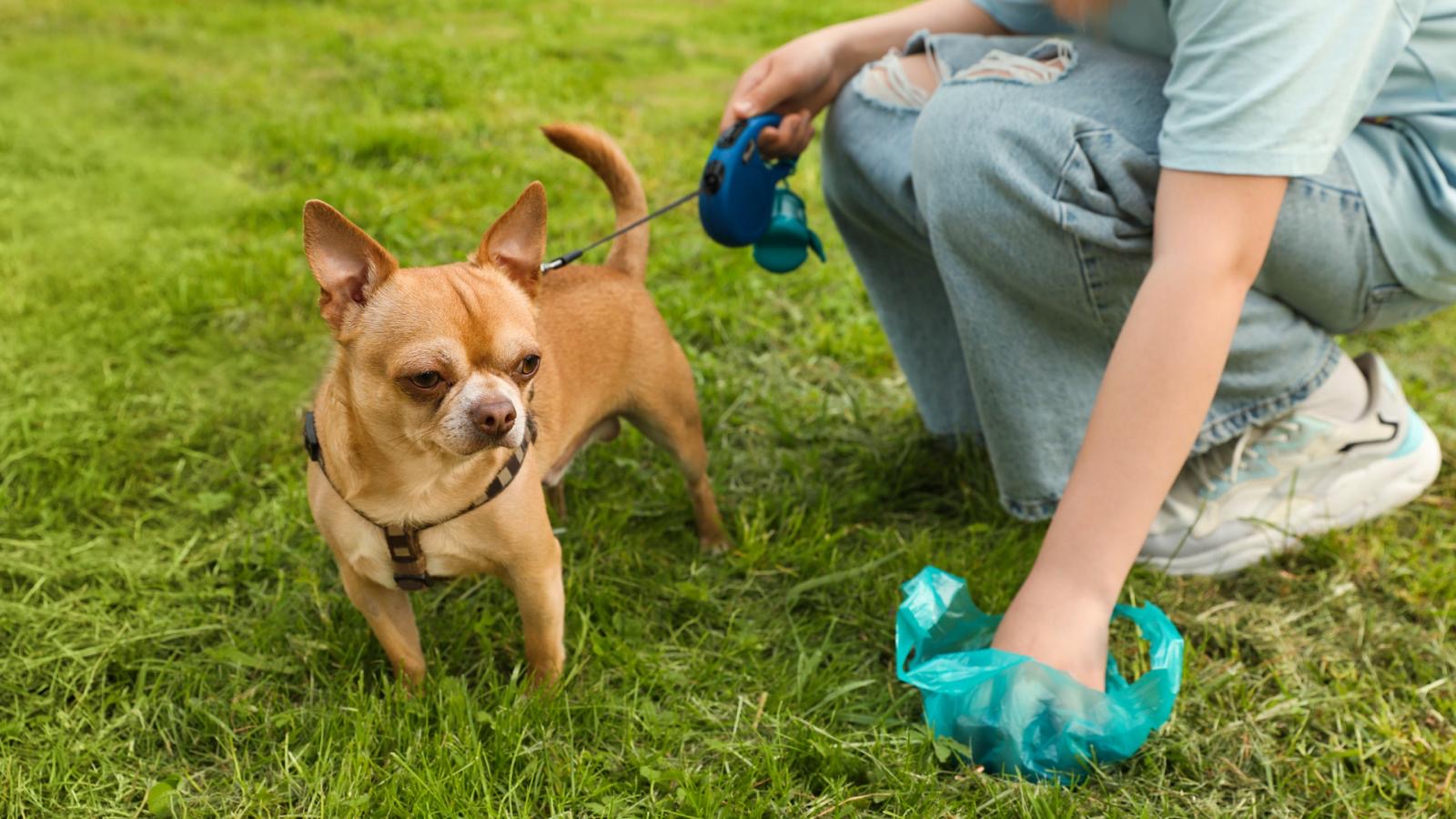
General HealthAnxietyBehaviourDigestive Health
Pooh Guide for Dogs: What’s Good, and What’s Not
May 16 2024
•
9 mins 15 secs

General HealthAnxietyBehaviourDigestive Health
All You Need to Know About Exocrine Pancreatic Insufficiency
Feb 22 2024
•
10 mins 20 secs
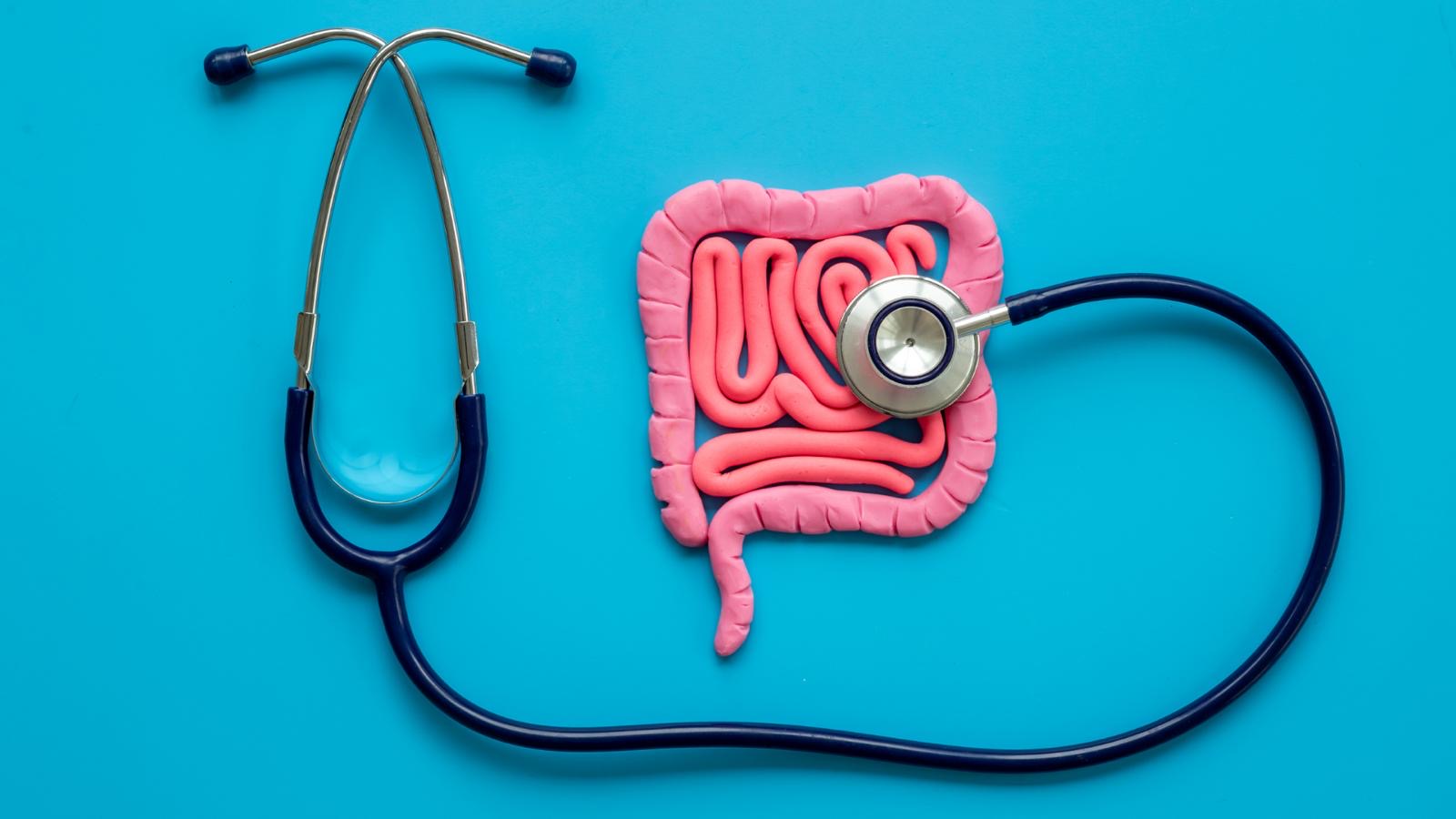
General HealthAnxietyBehaviourDigestive Health
What Causes Malabsorption in Dogs?
Feb 08 2024
•
7 mins 40 secs

General HealthAnxietyBehaviourDigestive Health
Should I Fast my Cat or Dog?
Jan 04 2024
•
6 mins 10 secs

General HealthAnxietyBehaviourDigestive Health
Can Food Sensitivities Cause a Pancreatic Flare?
Oct 20 2023
•
5 mins 40 secs

General HealthAnxietyBehaviourDigestive Health
What to Feed a Dog When Regurgitating
Sep 21 2023
•
4 mins 45 secs
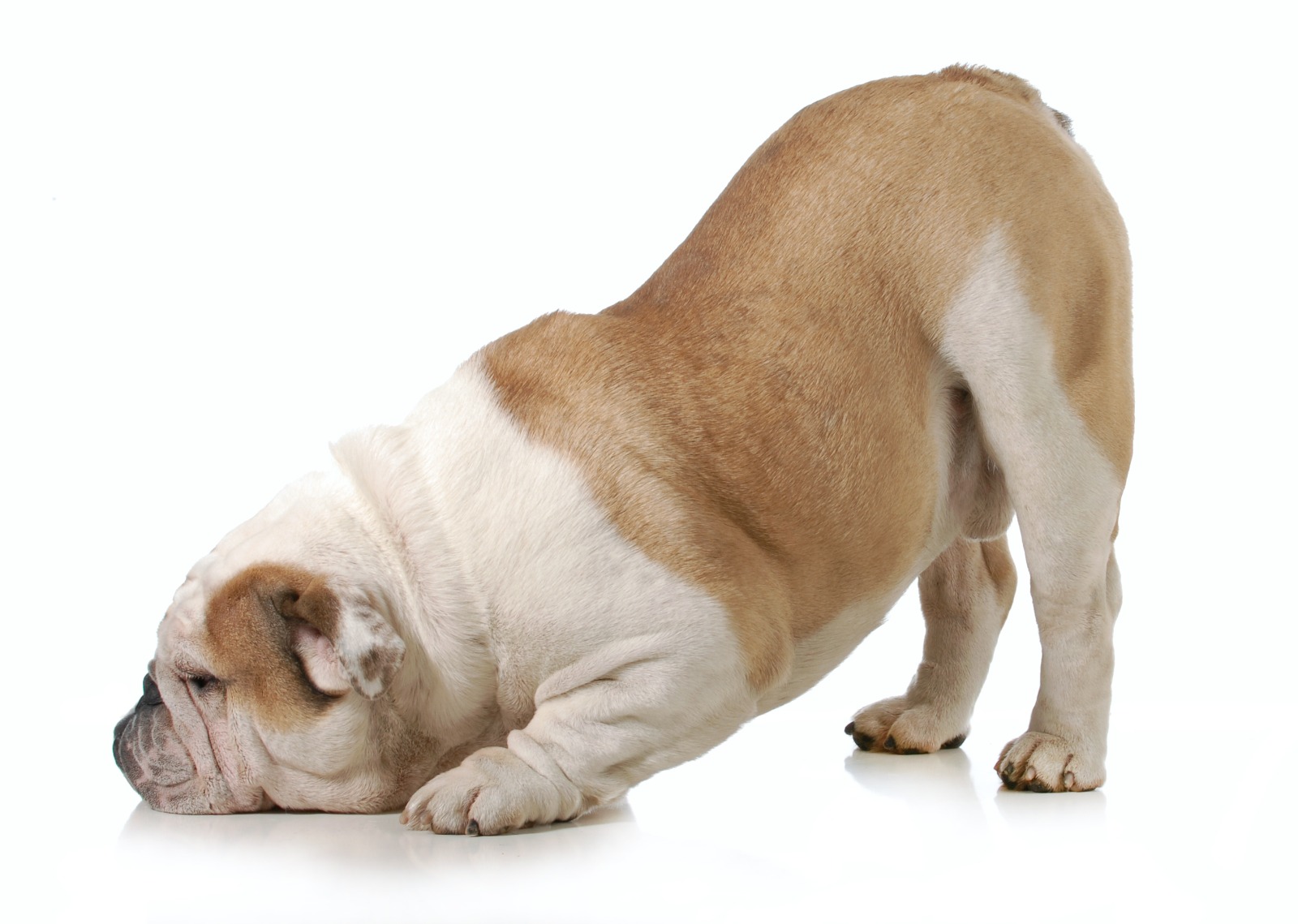
General HealthAnxietyBehaviourDigestive Health
Gallstones, and Why Your Dog Has Them
Jun 22 2023
•
6 mins 40 secs

General HealthAnxietyBehaviourDigestive Health
The Low Down on Megaoesophagus
May 16 2023
•
8 mins

General HealthAnxietyBehaviourDigestive Health
5 Benefits of Vitamin C for Your Dog
Mar 18 2023
•
4 mins 42 secs
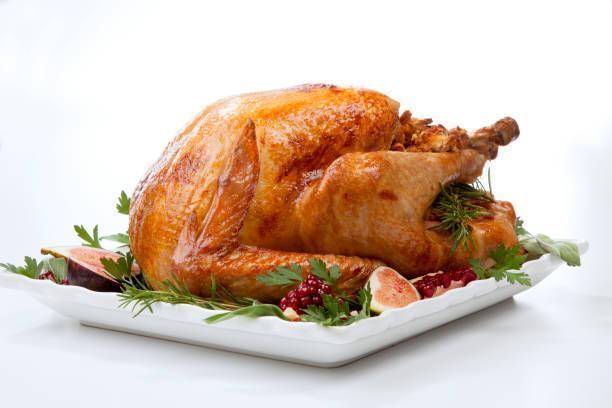
General HealthAnxietyBehaviourDigestive Health
The 12 Foods of Christmas
Dec 21 2022
•
11 mins 30 secs

General HealthAnxietyBehaviourDigestive Health
A Systems Approach to Digestive Health in Pets
May 31 2022
•
5 mins 44 secs

General HealthAnxietyBehaviourDigestive Health
Puppy Nutrition 101
Mar 30 2021
•
9 min read
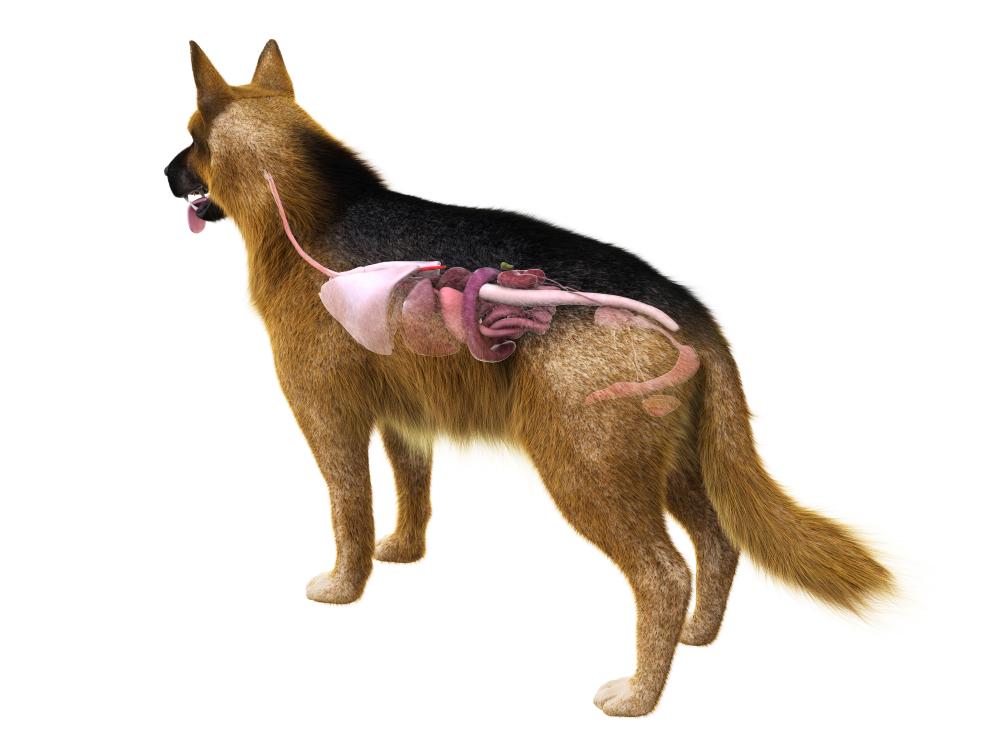
General HealthAnxietyBehaviourDigestive Health
The Dog’s Digestive System
Mar 12 2021
•
7 min read

General HealthAnxietyBehaviourDigestive Health
5 Top Tips for Dealing with a Fussy Eater
Jan 18 2021
•
6 mins 57 secs

General HealthAnxietyBehaviourDigestive Health
5 Top Tips for Skin Health in Your Dog
Dec 08 2020
•
9 min read
✕








